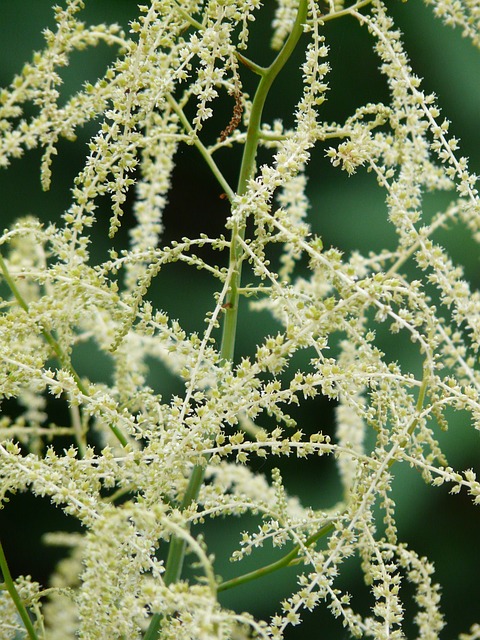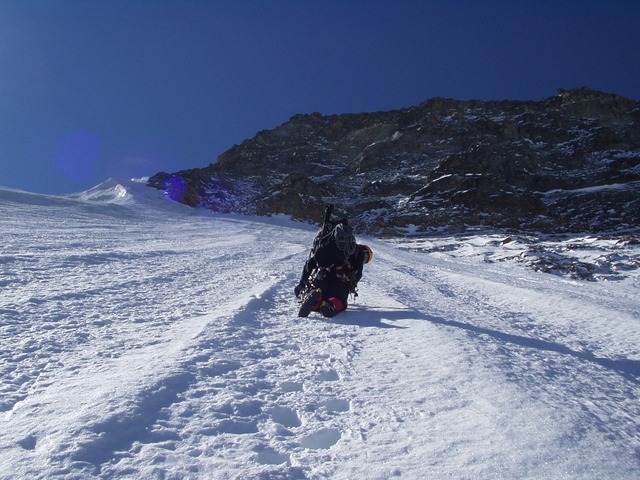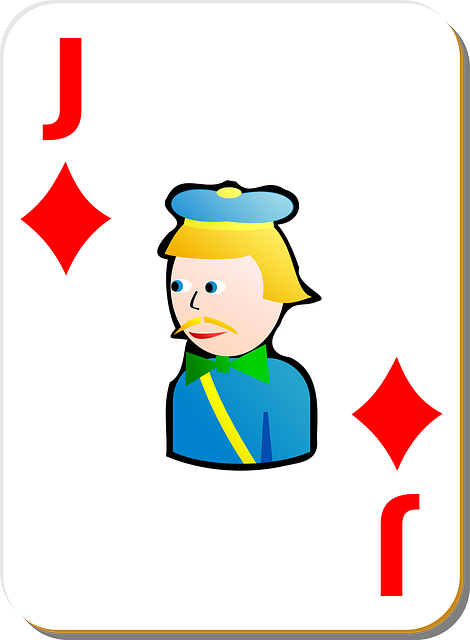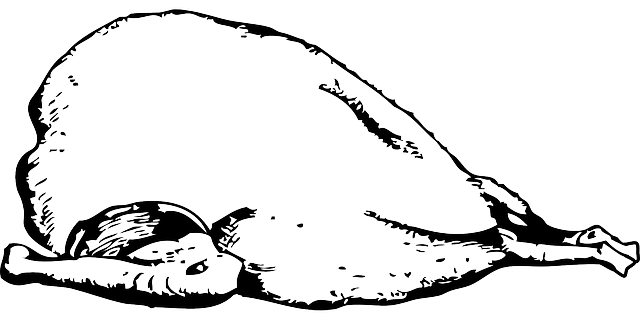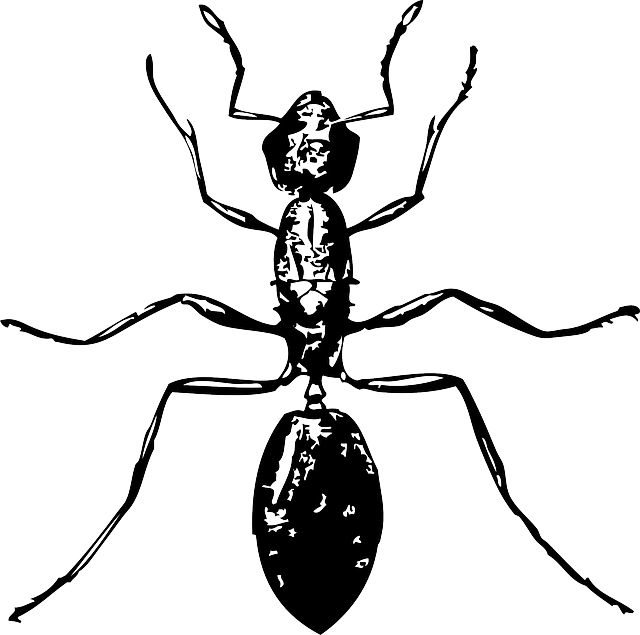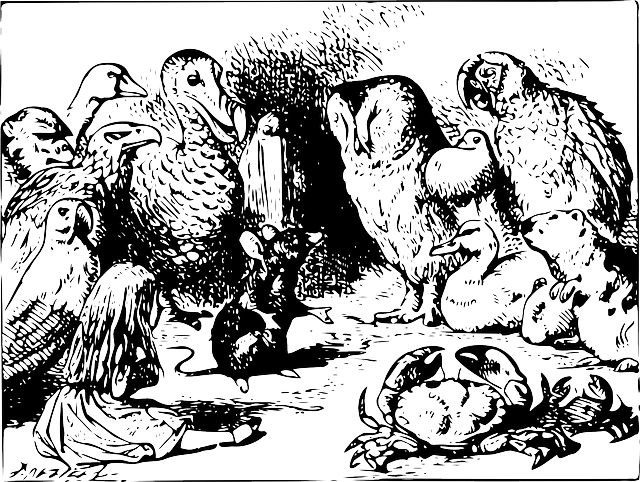پان جيانوِيْ
| پان جيانوِيْ Pan Jianwei | |
|---|---|
| الاسم المحلي | 潘建伟 |
| وُلـِد | 3 مارس 1970 دونگيانگ، ژىجيانگ، الصين |
| مقر الاقامة | خفي، آنهوي، الصين |
| القومية | صيني |
| الجامعة الأم | جامعة العلوم والتكنولوجيا في الصين جامعة ڤيينا |
| مبعث الشهرة |
التشابك الكمي متعدد الفوتونات الانتنطق الآني الكمي في الفضاء الحر |
| الأوسمة | جائزة إريخ شميد (2003) Emmy Noether Research Award (2004) Sofja Kovalevskaja Award (2004) Fresnel Prize (2005) Chinese Young Scientist Prize (2006) QCMC Quantum Communication Award (2012) اختراق الفيزياء العالمي لعام 2015 جائزة الدولة للعلوم الطبيعية من الدرجة الأولى 2015 |
| السيرة الفهمية | |
| المجالات | التشابك الكمي |
| الهيئات | جامعة العلوم والتكنولوجيا في الصين |
| المشرف على الدكتوراه | أنطون زيلينگر |
- هذا هواسم صيني; لقب العائلة هوپان.
پان جيانوِيْ (بالصينية: 潘建伟; پنين: Pān Jiànwěi)، هوعالم فيزياء كم صيني. عام 1987 ولج جامعة العلوم والتكنولوجيا في الصين، حصل منها على درجتي البكالوريوس والماجستير. حصل على الدكتوره من جامعة ڤيينا، ڤيينا، النمسا، حيث عمل ضمن مجموعة أنطون زيلينگر.
يشتهر پان بعمله في مجال التشابك الكمي. أثبت فريقه التشابك خماسي الفوتون عام 2004.
أبوالكم
في 29 سبتمبر 2017، مكن الساتل الصيني الشهير بمكيوس من عقد مؤتمر ڤيديولا يمكن اختراقه بين ڤيينا وبكين، المدينتين الواقعتين على طرفي العالم. أثناء تحركه عبر السماء المظلمة بسرعة 29.000 كم/ساعة، أوفد الساتل حزمة صغيرة من البيانات إلى محطة أرضية في شينگلونگ، بضع ساعات بالسيارة إلى الشمال الشرقي من بكين. وبعد أقل من ساعة، مر الساتل عبر النمسا وأوفد حزمة بيانات أخرى إلى محطة بالقرب من مدينة گراتس.
The packets were encryption keys for securing data transmissions. What made this event so special was that the keys distributed by the satellite were encoded in photons in a delicate quantum state. Any attempt to intercept them would have collapsed that state, destroying the information and signaling the presence of a hacker. This means they were far more secure than keys sent as classical bits—a stream of electrical or optical pulses representing 1s and 0s that can be read and copied.
The video encryption was conventional, not quantum, but because the quantum keys were required to decrypt it, its security was guaranteed. This made it the world’s very first quantum-encrypted intercontinental video link.
The man behind this achievement is Jian-Wei Pan. A professor at the University of Science and Technology of China (USTC), sometimes known as “China’s Caltech”, 48-year-old Pan has produced a series of breakthroughs that have propelled him to scientific stardom in the country. His work has won plaudits from President Xi Jinping, and he’s often referred to in local media as “the father of quantum.”
Quantum communications and computing are still nascent, but they are among the technological “megaprojects” on which China’s government wants breakthroughs by 2030. It sees an opportunity to lead the dawning quantum era in much the same way that the US dominated the advent of computing and the information revolution that it sparked.
Pan, who in 2011 became the youngest-ever member of the Chinese Academy of Sciences, is central to this effort.
In an interview with MIT Technology Review, Pan talked about the importance of international collaboration, but he also made clear that China sees a unique window for it to shape the next meta-shift in the technology landscape. “We were only the follower and the learner at the birth of modern information science,” he said. “Now we have a chance … to be a leader.”
Pan’s ambitions include a plan to create a globe-spanning constellation of satellites that constitute a super-secure quantum internet. Also on his checklist: helping China catch up with—and perhaps overtake—the US in building powerful quantum computers. The fundamental units of computation in these machines are qubits, which—unlike bits—can occupy a quantum state of 1 and 0 simultaneously. By linking qubits through an almost mystical phenomenon known as entanglement, quantum computers can generate exponential increases in processing power.
In the future, the machines could be used to discover new materials and drugs by running simulations of chemical reactions that are too much work for classical computers. They could also turbocharge artificial intelligence. Secure networks using quantum key distribution (QKD) could transmit sensitive data for things like financial transactions and provide utmost secrecy for military operations and communications. Researchers are also working on quantum sensors that would let submarines navigate without relying on satellite signals, and quantum radar that may be able to spot “stealth” aircraft.
جهود مشهجرة
Despite the intense US-China competition in quantum technologies, the video call made possible by the Micius satellite—named for an ancient Chinese scientist and philosopher—is very much a result of international cooperation.
It came out of a collaboration between a team led by Pan and another led by Anton Zeilinger, a quantum physicist at the Austrian Academy of Sciences. Zeilinger was Pan’s doctoral supervisor in the 1990s, and he saw potential in the young Chinese student. “When he came here, he was one hundred percent focused on theoretical physics,” recalls Zeilinger. “But I realized he could do more, so I suggested he switch to experiments, and he did that very successfully.”
So successfully, in fact, that Zeilinger was only too happy when his former student proposed a collaboration on intercontinental QKD in 2011. Pan’s team had already conducted experiments over a number of years to prove a space-based system could work, and it eventually got the Chinese government’s green light to build a dedicated satellite, which was launched in 2016.
Making QKD work on the ground is hard enough. Doing it from a satellite meant solving a host of extra problems, from aligning the satellite’s transmissions precisely with the ground stations to minimizing the number of photons lost in the atmosphere. Observers were impressed, says Hoi-Kwong Lo, a physics professor at the University of Toronto. He adds, “There’s a huge amount of resources being devoted to quantum in China, which means they can do things other countries can’t.”
China’s other achievements include building the world’s longest terrestrial QKD network. The 2,032-kilometer (1,263-mile) ground link between Beijing and Shanghai was also masterminded by Pan and sends quantum-encrypted keys between way stations, offering an ultra-secure network for transmitting financial and other sensitive data. Some Chinese cities are also building municipal networks.
Gauging exactly how much China is investing in these and other quantum projects is hard because funding for government programs is opaque. But Pan says the money devoted to an upcoming national quantum plan for China will be “at least the same order of magnitude” as Europe’s recently launched Quantum Technologies Flagship project, a 10-year, €1 billion ($1.1 billion) initiative.
While money matters, there’s more to China’s success than the bankrolling of satellites and other projects. The country also benefits from a decades-long strategy of sending young researchers abroad to learn from experts like Zeilinger and then enticing them home to continue their work.
China is producing plenty of high-quality quantum science papers, and the number of Chinese patents being registered in areas like quantum communications and quantum cryptography has also soared, far surpassing those being registered in the US and elsewhere.
To help develop future quantum researchers, the country is building a $1 billion National Laboratory for Quantum Information Sciences in Hefei that will open in 2020; it will bring together experts from a range of disciplines such as physics, electrical engineering, and materials science. Some of the money will be for a new USTC campus on the same site to train quantum researchers. “We are working hard to develop the workforce of the future in quantum technology,” says Pan.
He’s already created a center for quantum information and quantum physics at USTC. In June 2018 a team at the center announced it had set a world record for entangling qubits, linking 18 together. Advances like this will bring us closer to the point at which a quantum machine will finally be able to outstrip even the most powerful conventional supercomputer for certain tasks.
There are also ambitious plans to scale up efforts in space. Pan says that over the next four to five years, China will launch four more low-orbit quantum satellites, and a high-orbit geostationary one will follow shortly thereafter. The long-term vision is to create a continent-spanning, quantum-secured internet that could eclipse today’s version. Looking much further ahead, the technology could one day be used to secure everything from smartphones to laptops.
So is China really set to dominate the emerging quantum era? And what will it do with that dominance if so?
The answer to the first of those questions is nuanced. While Micius and the ground-based QKD networks give China the edge—for now—in secure quantum communications, it still trails the US in quantum computing. However, as Pan’s team’s success with entangling qubits shows, it’s making swift progress. Big Chinese tech companies like Alibaba and Baidu are investing heavily in quantum computing, too. Alibaba has launched a cloud computing service that lets people experiment on quantum processors, mirroring similar efforts by US companies such as IBM and Rigetti.
Isaac Chuang, an MIT professor and pioneer of quantum computing, notes that one of the reasons China has done so well in quantum science is the close coordination between its government research groups, the Chinese Academy of Sciences, and the country’s universities. Europe now has its own quantum master plan to prompt such collaborations, but the US has been slow to produce a comprehensive strategy for developing the technologies and building a future quantum workforce.
Whatever happens elsewhere, China will press forward. Pan emphasizes commercial opportunities. Businesses are already using the Beijing-Shanghai network to ship information securely. And he foresees a day when data centers on different continents will be connected via the constellation of quantum satellites he’s planning.
Those satellites, of course, could also be used for military purposes. Elsa Kania at the Center for a New American Security, a Washington, DC, think tank, says various parts of China’s armed forces are funding research into quantum communications, sensors, and radar. Big companies like China Shipbuilding Industry Corporation, one of the country’s largest builders of warships and submarines, are working with universities on quantum projects. If China thinks the technology could give it a military edge, it might pull back on international collaborations and keep innovations to itself.
A more optimistic view sees China remaining open to the kinds of interchanges that have helped turn it into a quantum superpower, and doing its utmost to profit from a new, quantum-inspired data economy. The notion that China could seize the lead here seems to inspire its top officials: Xi Jinping has even talked publicly of quantum science opening up “a new industrial revolution.”
Whichever scenario ultimately plays out, China will be counting heavily on the father of quantum to steer it to success.
Correction: An earlier version of this article said that Anton Zeilinger is a quantum physicist at the University of Austria. He is in fact at the Austrian Academy of Sciences.
جوائز وتكريمات
أنتخب پان عضواً في الأكاديمية الصينية للعلوم عام 2011 والأكاديمية العالمية للعلوم في 2012. في أبريل 2014، عثين نائباً لرئيس جامعة العلوم والتكنولوجيا في الصين. فاز أيضاً بالجائزة العالمية لاتصالات الكم في 2012. أختير عمل فريقه على الانتنطق الآني الكمي المزدوج كأفضل اختراق في عالم الفيزياء للعام في 2015. فريقه، ويضم پنگ تشنگژي، تشن يوآو، لوتشاويانگ، وتشن زنگبينگ، فاز بجائزة الدولة للعلوم الطبيعية من الدرجة الأولى في 2016. تحت قيادته، أُطلق بنجاح أول ساتل كم في العالم في أغسطس 2016 كجزء من المشروع البحثي العالمي تجارب الكم بمقياس فضائي. في يونيو2017، استخدم فريق پان ساتله الكمي لإثبات الانتنطق الآني بمسافة بين الساتل والأرض تبلغ 1600 كم و2400 كم وتوزيع التشابك على مسافة تزيد عن 1200 كم بين محطات الاستقبال. في 2017، اختارته مجلة ناتشر من بين أبرزعشرة أشخاص وأطلقته عليه اسم "أبوالكم" (Liàngzĭ zhī fù).
المصادر
- ^ ykzhao@mail.ustc.edu.cn. "Jian-Wei Pan". Retrieved 4 March 2016.
- ^ "Quantum Communication Award 2012". Retrieved 4 March 2016.
- ^ "Double quantum-teleportation milestone is Physics World 2015 Breakthrough of the Year - physicsworld.com". physicsworld.com. Retrieved 2016-02-05.
- ^ "The 2015 State Nature Science First Class Award honors USTC team's work--Hefei National Laboratory". en.hfnl.ustc.edu.cn. Retrieved 2016-02-11.
- ^ "Jian-Wei Pan". quantum.ustc.edu.cn. Retrieved 2016-01-10.
- ^ Zhao Z, Chen YA, Zhang AN, Yang T, Briegel HJ, Pan JW (July 2004). "Experimental demonstration of five-photon entanglement and open-destination teleportation". Nature. 430 (6995): 54–8. arXiv:quant-ph/0402096. Bibcode:2004Natur.430...54Z. doi:10.1038/nature02643. PMID 15229594.
- ^ "The man turning China into a quantum superpower". technologyreview. 2018-12-19. Retrieved 2018-12-23.
- ^ "Quantum Communication Takes Another Leap Between Beijing and Shanghai". Yibada. 2015-02-06. Retrieved 2016-01-10.
- ^ "China's launch of quantum satellite major step in space race". Retrieved 2016-08-17.
- ^ Aron, Jacob. "China launches world's first quantum communications satellite" (in الإنجليزية). Retrieved 2016-08-17.
- ^ J. Yin, Y. Cao, Y.- H. Li, S.- K. Liao, L. Zhang, J.- G. Ren, W.- Q. Cai, W.- Y. Liu, B. Li, H. Dai, G.- B. Li, Q.- M. Lu, Y.- H. Gong, Y. Xu, S.- L. Li, F.- Z. Li, Y.- Y. Yin, Z.- Q. Jiang, M. Li, J.- J. Jia, G. Ren, D. He, Y.- L. Zhou, X.- X. Zhang, N. Wang, X. Chang, Z.- C. Zhu, N.- L. Liu, Y.- Ao. Chen, C.- Y. Lu, R. Shu, C.- Z. Peng, J.- Y. Wang, and J.- W. Pan "Satellite-based entanglement distribution over 1200 kilometers", Science, 356, 6343, 1140-1144, (2017) doi:10.1126/science.aan3211
- ^ "Nature's 10" (in الإنجليزية). Retrieved 2017-12-22.



